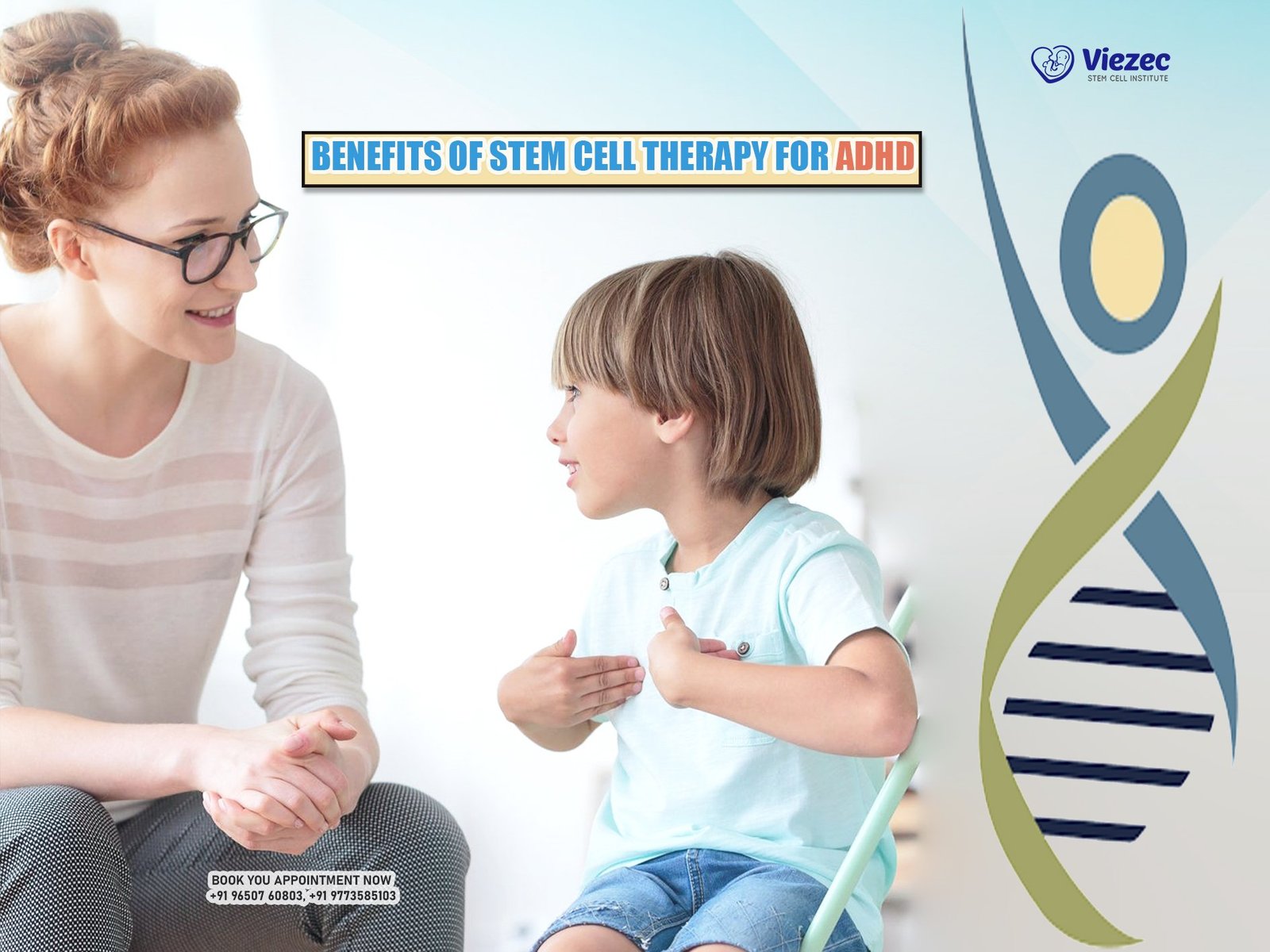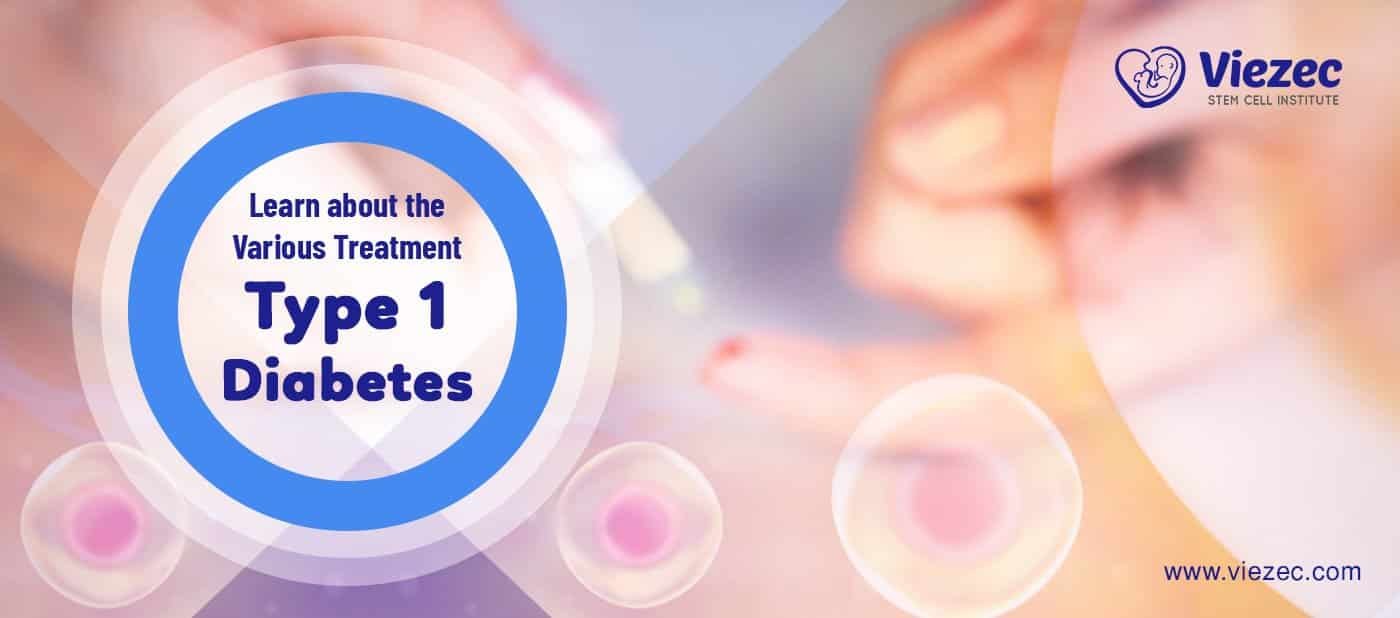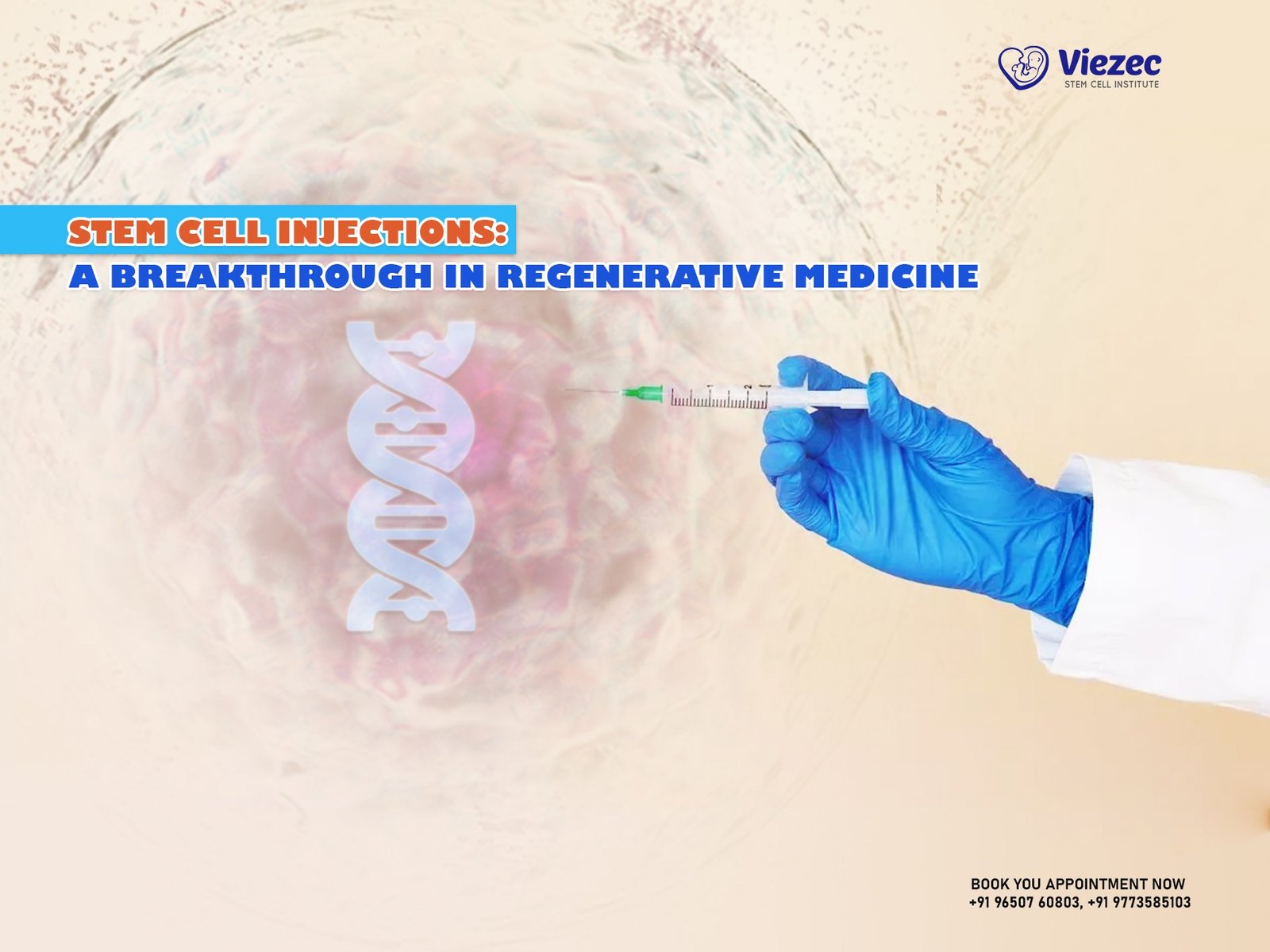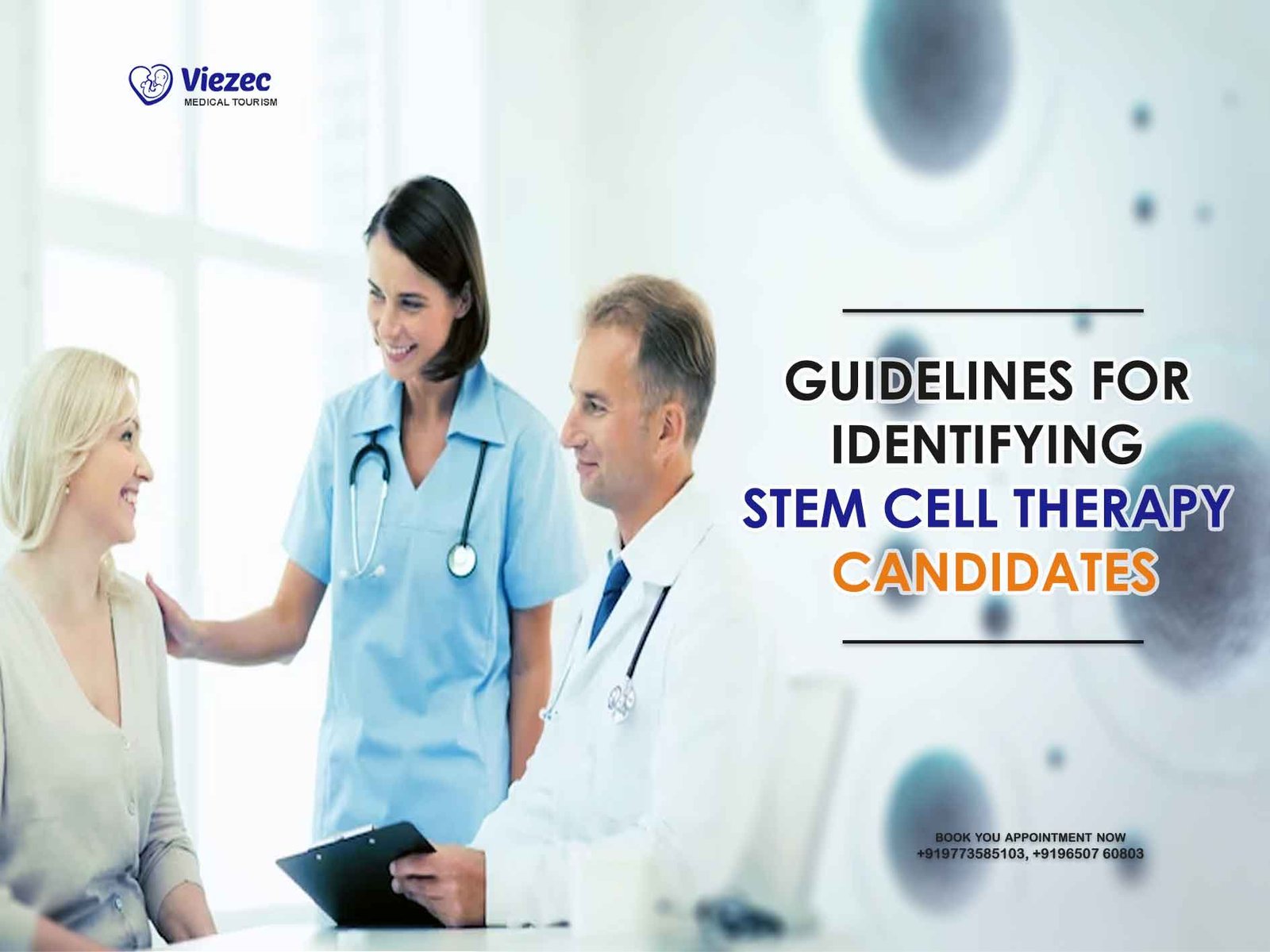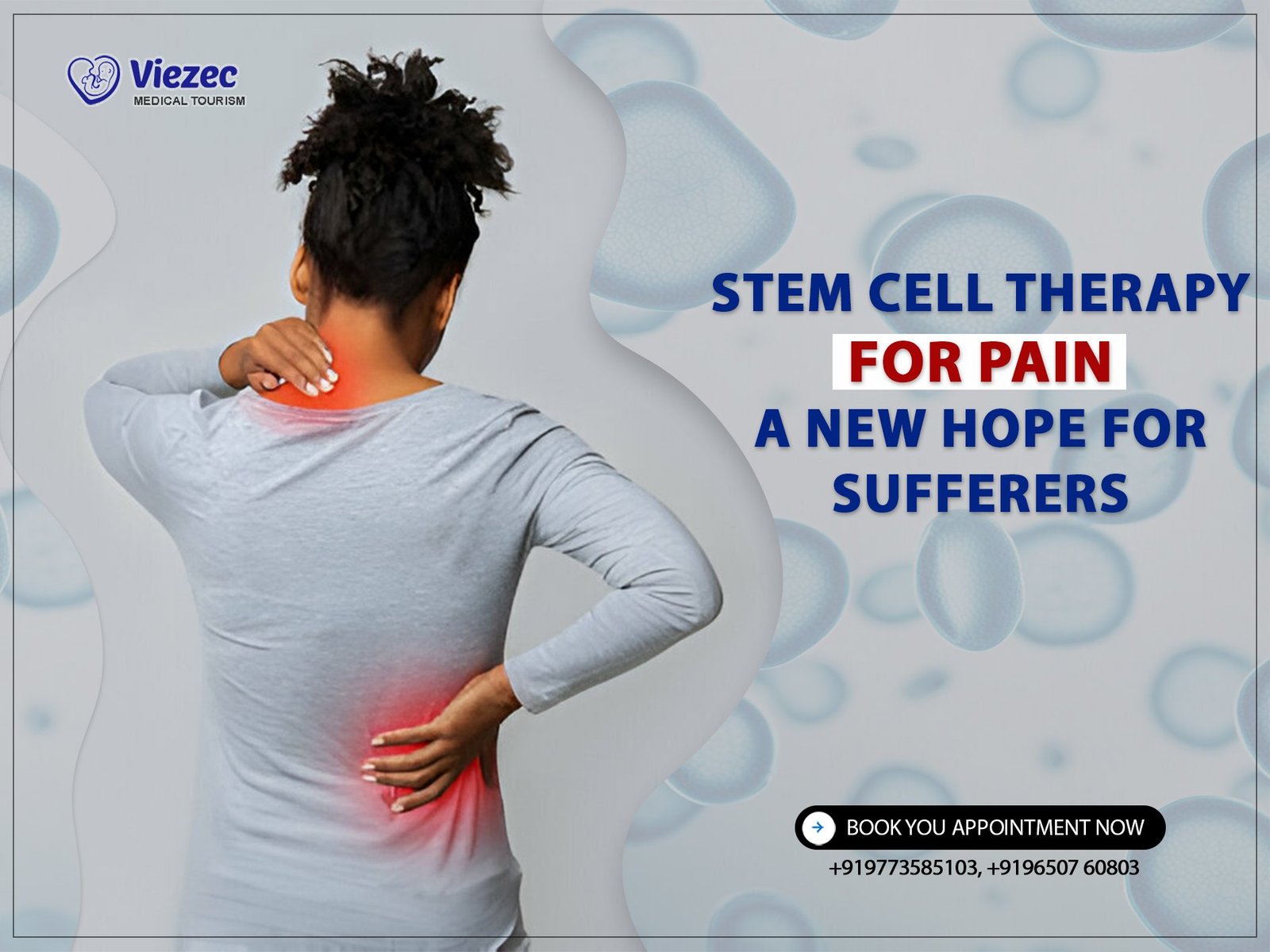Physical therapy plays a vital role in maximizing the results of stem cell procedures. While stem cells initiate healing at the cellular level, physical therapy ensures that this healing translates into real, lasting function. From enhancing tissue integration and improving circulation to restoring strength, mobility, and coordination, rehabilitation supports every phase of recovery. This article explores the importance of starting therapy at the right time, tailoring approaches to specific conditions, and dispelling common myths. Together, stem cell therapy and physical therapy form a powerful alliance—offering patients faster recovery, better outcomes, and a higher quality of life.
Why Physical Therapy Matters After Stem Cell Treatment
The Connection Between Rehabilitation and Regeneration
Stem cell therapy is a powerful tool for repairing damaged tissues, but the procedure itself is just the beginning of the healing journey. Physical therapy plays a vital role in activating and supporting this regenerative process. Movement isn’t just beneficial—it’s essential. Guided rehabilitation helps direct the body’s healing signals, improving how stem cells settle into and rejuvenate injured tissues. Without this active support, the full potential of stem cell therapy may go untapped.
Maximizing Stem Cell Efficacy with Movement Therapy
Supporting Tissue Integration
Stem cells need more than just time—they need the right environment to thrive. Controlled movement encourages the treated area to gradually bear weight and engage in function, which strengthens surrounding tissues and promotes proper cellular integration. This approach helps the newly introduced stem cells align with your body’s natural mechanics.
Enhancing Circulation and Nutrient Flow
Oxygen and nutrients are critical for tissue repair. When patients stay immobile, circulation decreases, slowing healing. Physical therapy—through structured movement and light cardiovascular activity—boosts blood flow, improves lymphatic drainage, and optimizes the delivery of everything your cells need to heal. It’s like giving your stem cells the fuel they need to succeed.
Ready to Accelerate Your Recovery?
Book your appointment today and take the next step toward a pain-free, mobile life after stem cell therapy.
Key Goals of Post-Stem Cell Physical Therapy
Restoring Strength and Mobility
After a stem cell procedure, it’s common to experience muscle weakness or joint stiffness—especially in areas that were previously injured. Physical therapy is designed to rebuild strength in these supportive tissues, restore flexibility, and enhance joint function. Through progressive exercises tailored to each patient’s needs, therapy helps individuals regain confidence in their movement and prevents compensatory habits that might lead to future issues.
Preventing Scar Tissue Formation
Scar tissue can interfere with proper healing by limiting movement and causing stiffness. One of the most overlooked aspects of recovery is maintaining tissue elasticity. That’s where physical therapy steps in. By gently mobilizing the affected area and promoting natural range of motion, therapists can help prevent the buildup of restrictive scar tissue.
Role of Targeted Stretching and Exercise
Stretching isn’t one-size-fits-all. After a regenerative procedure, exercises must be precisely targeted to the treated area. Therapists guide patients through stretches that maintain joint flexibility without overloading healing tissues. The goal is to stay flexible without causing microtrauma, and physical therapists are trained to strike that balance effectively.
Reducing Pain and Swelling Naturally
Inflammation is part of the healing process—but when it’s excessive, it can hinder recovery. Physical therapy introduces non-invasive pain management tools such as cold packs, compression therapy, and lymphatic massage to reduce swelling. Additionally, gentle movement helps clear out inflammatory byproducts and keeps joints lubricated, offering relief without relying on painkillers.
Optimal Timing for Physical Therapy Initiation
Immediate vs. Delayed Rehabilitation Start
One of the most common questions patients ask is, “When should I start physical therapy after stem cell treatment?” The answer isn’t universal—it depends on the type of condition, the location of treatment, and how your body responds post-procedure.
In some cases, early-stage therapy begins within days to maintain joint flexibility and prevent muscle atrophy. In others, a short rest period is recommended to let the stem cells settle before starting gentle movement. The key is to begin at a time that supports healing without disrupting cellular integration. A skilled therapist, in coordination with your regenerative specialist, will help strike that balance.
Factors That Influence Your Rehab Schedule
Type of Stem Cell Procedure Performed
Not all stem cell therapies are created equal. For instance, bone marrow-derived stem cells used for orthopedic injuries may have different post-op recommendations than adipose (fat)-derived or umbilical cord stem cells used in systemic conditions. The source and application of the therapy directly impact how soon and how intensively physical therapy can begin.
Severity of the Underlying Condition
Chronic conditions such as osteoarthritis or degenerative disc disease often require a more gradual approach to rehabilitation. On the other hand, acute injuries—like recent ligament tears—may respond well to a slightly accelerated therapy plan. Ultimately, your body’s baseline condition, level of inflammation, and pain tolerance will determine the safest and most effective timeline.
Condition-Specific Physical Therapy Approaches
Every stem cell treatment plan should be as personalized as the condition it’s designed to treat. Physical therapy plays a pivotal role in adapting to the specific demands of your injury or diagnosis—whether it’s orthopedic, neurological, or inflammatory in nature.
Orthopedic Injuries (Knees, Hips, Shoulders)
Orthopedic stem cell procedures are some of the most common and effective applications—often targeting cartilage, tendons, or ligaments. Physical therapy focuses on restoring structural stability and preventing joint degeneration. Early exercises emphasize safe weight-bearing and mobility, gradually building up to dynamic movements that restore everyday function.
Joint Strengthening Techniques
Therapists use targeted techniques like resistance band training, isometric holds, and body-weight exercises to fortify the muscles around joints. This not only aids healing but also redistributes stress away from the repaired tissue, reducing reinjury risk.
Spinal Conditions and Neurological Disorders
Stem cells are increasingly being explored for spinal cord injuries, disc degeneration, and conditions like Parkinson’s or multiple sclerosis. Physical therapy here takes a more neuro-focused approach—aiming to improve nerve signaling, balance, and motor control.
Balance, Posture, and Motor Function Training
Gait correction, postural alignment, and core stability are central to recovery. Tools like balance boards, proprioceptive cues, and mirror feedback help patients rebuild coordination and prevent falls or compensatory strain on other body parts.
Degenerative Diseases and Chronic Inflammation
For systemic conditions such as osteoarthritis, rheumatoid arthritis, or lupus, the rehab approach is more about moderation and sustainability. Physical therapy becomes an ongoing part of managing pain, inflammation, and joint function.
Gradual Progression and Pain Management
Therapists often begin with low-impact strategies—such as aquatic therapy or stationary cycling—to minimize joint stress. As symptoms stabilize, intensity is slowly increased while pain levels are carefully monitored. The result is sustainable progress with reduced flare-ups.
Have Questions About Physical Therapy After Stem Cells?
Our regenerative medicine experts are here to guide you. Reach out today.
Common Physical Therapy Methods Used Post Stem Cell Procedures
Physical therapy after stem cell treatment is not a one-size-fits-all solution—it’s a tailored combination of proven methods designed to support cellular healing, restore mobility, and re-train the body. Below are some of the most effective techniques commonly integrated into post-procedure rehab.
Manual Therapy and Mobilization Techniques
Hands-on techniques such as joint mobilization, myofascial release, and soft tissue massage help reduce tension, improve circulation, and break down adhesions that limit motion. These therapies also stimulate proprioceptors (sensory receptors in joints and muscles), enhancing the brain’s connection with the healing area.
For patients recovering from orthopedic procedures, mobilization is especially helpful in maintaining joint space, improving alignment, and preparing tissues for more active exercises.
Exercise Therapy: Strength, Endurance, and Flexibility
A customized exercise plan is the foundation of successful rehab. Physical therapists develop progressive routines that begin with low-impact movements and gradually evolve to include resistance training, stability work, and dynamic exercises.
-
Strength: Builds supportive muscle groups to reduce stress on healing tissues.
-
Endurance: Improves stamina and function during daily activities.
-
Flexibility: Keeps joints and tissues supple, reducing injury risk and stiffness.
The goal is to improve function without disrupting the regenerative work already underway.
Neuromuscular Reeducation for Long-Term Gains
Stem cell therapy can restore damaged tissue—but patients must retrain their body to use it effectively. Neuromuscular reeducation focuses on rebuilding motor patterns, balance, and coordination. This is especially important in cases involving neurological injury or prolonged immobility.
Using tools like balance platforms, resistance cords, or mirror feedback, patients relearn how to move efficiently—often correcting old habits that contributed to injury in the first place.
Top Benefits of Integrating Physical Therapy with Stem Cell Therapy
When physical therapy is combined with stem cell treatment, the results can be transformative. Rather than working in isolation, these two approaches support and amplify one another—giving patients a better chance at a full, lasting recovery. Below are some of the most impactful benefits of integrating rehabilitation into the stem cell healing journey.
Faster Healing and Recovery Time
Movement stimulates blood flow, delivers nutrients, and activates the body’s repair mechanisms—all of which are critical after a stem cell procedure. By engaging in guided exercises and therapy early on, patients often notice faster improvements in strength, flexibility, and pain levels compared to rest alone.
In essence, physical therapy helps you make the most of your regenerative investment by reducing downtime and promoting active recovery.
Better Functional Outcomes and Joint Use
Stem cells may repair damaged tissue—but it’s the job of physical therapy to teach the body how to use that restored tissue effectively. Through strength training, flexibility work, and neuromuscular coordination, patients regain more precise control over their movements.
This translates to more natural walking, easier joint motion, and the confidence to return to activities like climbing stairs, playing sports, or simply moving without discomfort.
Reduced Need for Further Invasive Treatments
When stem cell therapy and physical therapy are properly combined, many patients are able to avoid more invasive interventions like surgery. By promoting healing, reducing joint stress, and correcting biomechanics, this integrated approach often leads to longer-lasting relief—and fewer relapses.
In the long run, that means fewer medical appointments, less reliance on pain medication, and a better quality of life.
Trusted by Patients. Powered by Science.
Start your personalized stem cell recovery journey with Viezec today.
Misconceptions About Post-Stem Cell Physical Therapy
Despite the growing success of stem cell treatments, many patients are unsure whether physical therapy is really necessary afterward. Misunderstandings about the recovery process can delay healing or even undo some of the gains achieved through the procedure. Let’s clear up some of the most common myths.
“Just Rest and Let the Cells Work” – A Dangerous Myth
It’s a common belief that after stem cell therapy, all you need is rest. While some rest is important—especially in the initial days—complete inactivity can actually hinder recovery.
Movement plays a crucial role in helping stem cells settle into the tissue, adapt to their environment, and begin the regeneration process. Controlled physical activity sends healing signals to the body, boosts circulation, and keeps muscles and joints functioning. Without this stimulation, the cells may not integrate as effectively, and patients may experience slower progress or even regression.
Physical Therapy Isn’t Just for the Elderly or Athletes
Another misconception is that physical therapy is only useful for senior citizens recovering from joint replacements or athletes bouncing back from injuries. In reality, anyone who undergoes a regenerative procedure—regardless of age, fitness level, or condition—can benefit from rehab.
Physical therapists personalize each recovery plan based on your specific goals and limitations. Whether you’re aiming to walk without pain, return to gardening, or get back into sports, physical therapy provides the structured pathway to get there.
Building a Customized Rehabilitation Plan
Recovery from stem cell therapy isn’t just about biology—it’s about strategy. A well-designed physical therapy program serves as your personal roadmap to healing, tailored to your condition, your goals, and how your body responds over time.
Role of Physical Therapists in Coordinated Care
Physical therapists aren’t just exercise coaches—they’re recovery specialists. They work closely with your stem cell therapy team to create a coordinated plan that complements the regenerative process.
From the timing of exercises to the type of movement prescribed, every step is guided by both medical insight and functional outcomes. Whether you’re recovering from a knee injury, a spinal issue, or a chronic degenerative disease, therapists adjust techniques in real-time based on your progress.
Their expertise ensures you’re not only healing properly—but also learning how to prevent future setbacks.
Importance of Consistency and Patient Involvement
Stem cells lay the foundation—but it’s your active involvement that builds the structure. Consistency in physical therapy sessions and dedication to home exercises are essential for long-term success.
Recovery isn’t passive. It requires effort, education, and accountability. When patients stay engaged in their rehabilitation, they experience better outcomes, faster progress, and greater satisfaction with their treatment overall.
Empowered patients heal better—and that’s what this journey is all about.


